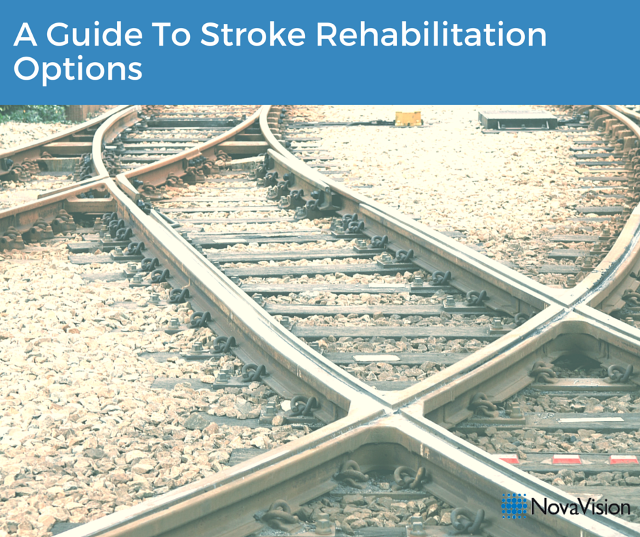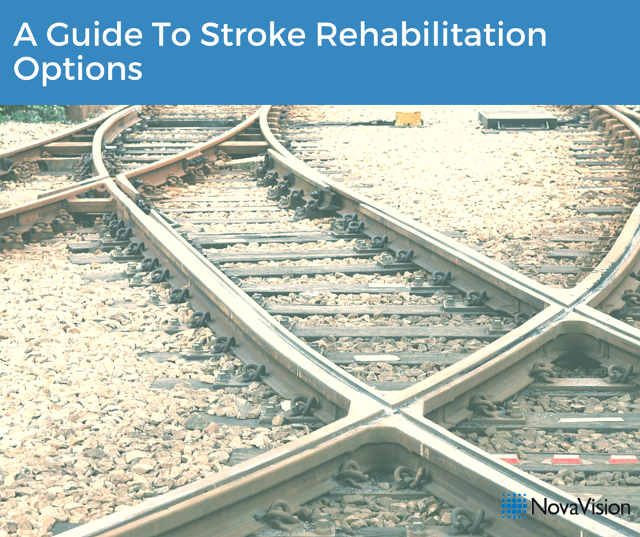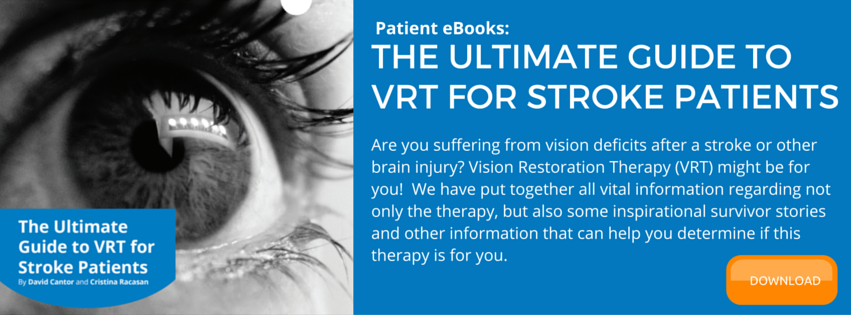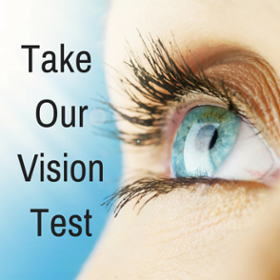
Proper rehabilitation after a stroke is essential to your recovery, it helps patients re-learn basic motor skills, restore lost or impaired vision, increase strength, flexibility and endurance, and ultimately regain as much independence as possible.
In order to choose the best rehabilitation strategy for your individual recovery, it is important to understand what types of programs are available, and more importantly, how they vary. The primary differences to keep in mind are the type and range of services provided, the frequency of services, and what type of setting the treatment will take place in.
Although this post is meant to serve as a possible guide, it is important never to take care into your own hands. A doctor or certified medical professional will typically suggest the most stringent option for you based on several factors such as age, overall health and the severity of your symptoms.
Types Of Rehabilitation Programs
The primary difference between most programs is the key classification of Inpatient programs vs. outpatient programs. Inpatient treatment means you will essentially live in the same environment that you carry out your recovery, having a room and a bed in the location where the rehabilitation will occur. Outpatient programs are less intensive and provide treatment without requiring an overnight or extended stay.
At a more detailed level, the different types of rehabilitation programs vary by services provided, frequency offered, and the types of patients they are best suited for. Here are the most common types of programs:
Inpatient:
Acute care and rehab hospitals offer 24-hour medical care and a full range of rehab services. Taking place in a Hospital or special rehab unit within a hospital, the patient would complete this program for several hours each and every day. Since this is the most demanding therapy program, it is typically suggested for survivors who have a considerable number of medical complications and are at risk of developing more severe problems without continued medical treatment.
Sub-acute facilities provide daily nursing care and a fairly wide range of rehabilitation options for patients. This type of therapy typically takes place at a rehab center, within the rehab unit of a hospital, at a skilled nursing facility or in an advanced nursing home. Although less demanding than acute programs, treatment is continued for longer periods of time. Sub-acute facilities are best for survivors who were left with serious disabilities but may be unable to handle the rigorous demands of an acute program.
Outpatient:
Long-term care facilities provide programs in a setting that may have one or more treatment areas such as a nursing home or skilled nursing facility. This outpatient rehabilitation requires patients to participate 2-3 days per week and is best for stroke survivors who have their symptoms under control but still require 24-hour nursing care.
Outpatient facilities typically have one or more locations. Patients will visit the doctor’s office, outpatient center of a hospital, or another similar outpatient center 2-3 days per week. This type of rehabilitation is best for stroke survivors who not only have their medical problems under control enough to live in their own home but can also travel to their treatment.
Home health agencies offer specific rehab services in one or more treatment areas. This form of rehabilitation is performed in the patient’s home on an as-needed basis. This program is ideal for stroke survivors who are in good enough health to live at home but are unable to travel to get their treatment.
Who’s On Your Team?
Equally important to the type of rehabilitation program, setting, and frequency are the medical professionals overseeing your recovery and helping to implement treatment. The most common professionals and the key roles they may play in your rehabilitation include:
- Physiatrists specialize in rehabilitation following injuries, accidents or illness.
- Neurologists specialize in the prevention, diagnosis and treatment of stroke and other diseases of the brain and spinal cord rehabilitation.
- Nurses specialize in helping people with disabilities; helps survivors manage health problems that affect stroke (diabetes, high blood pressure) and adjust to life after stroke.
- Physical Therapists (PT) help stroke survivors with problems in moving and balance; suggests exercises to strengthen muscles for walking, standing and other activities.
- Occupational Therapists (OT) help stroke survivors learn strategies to manage daily activities such as eating, bathing, dressing, writing or cooking.
- Speech-Language Pathologists (SLP) help stroke survivors re-learn language skills (talking, reading and writing); shares strategies to help with swallowing problems.
- Dieticians teach survivors about healthy eating and special diets (low salt, low fat, low calorie)
- Social Workers help survivors make decisions about rehab programs, living arrangements, insurance, and support services in the home.
- Neuropsychologists diagnose and treat survivors who may be facing changes in thinking, memory, and behavior after stroke.
- Case Managers help survivors facilitate follow-up to acute care, coordinate care from multiple providers, and link to local services.
- Recreation Therapists help stroke survivors learn strategies to improve the thinking and movement skills needed to join in recreational activities.
- Optometrists will prescribe, administer and oversee your progress throughout Vision Restoration Training or completion of Vision Compensation Therapy.
Now that you’re familiar with the types of alternative rehabilitation facilities to you as well as the medical professionals you may grow to rely on, it is important that you remember that rehabilitation should always be entered and completed with a goal in mind. Whether acute care or a home health agency is the right option for you, it is important to develop a plan to eventually live independently while also maintaining the results of your hard work. For more information on choosing the stroke rehabilitation option that is best for you in addition to proper discharge planning, please visit our friends at the National Stroke Association.



